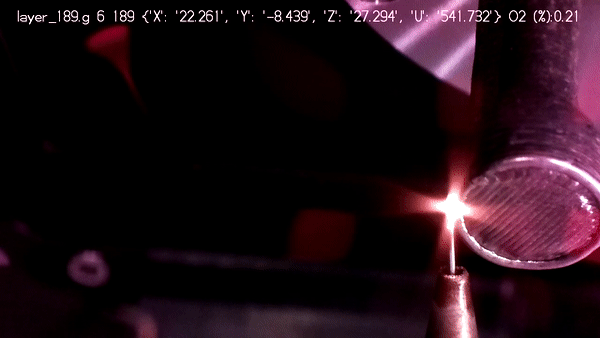3D printing with metals sounds pretty special, but ESA will also do it in space. The special 3D printer departed Wednesday on a supply mission to the International Space Station.
For those wondering: What should you do with a metal 3D printer on the International Space Station? The goal is to achieve a circular space economy in the future and reuse materials that orbit the Earth. Through the printer, parts of old satellites can be transformed, for example, into new tools or metal panels for the space station. It is not necessary to launch an entire rocket from Earth to deliver the necessary parts.
the first
It's the first time ever that a 3D printer that can make metal objects has reached space. A regular 3D printer has previously been used on the International Space Station, which can print plastic materials. “But printing metals is much more technically challenging, as it requires much higher temperatures and the metal must be melted with a laser. This poses a safety risk to the crew and the space station itself. Maintenance options are also very limited. If this works,” says Rob Postema, an ESA technician. The idea is that the strength, conductivity and rigidity of the metal will raise the possibility of 3D printing in space to new heights.”
Airbus
The 3D printer, which weighs about 180 kilograms, was developed by a team from Airbus. After installation, the printer is controlled from Earth, so astronauts on the International Space Station can focus on other things. “This is not just a step into the future, it is a leap forward for innovation in space and paves the way for the production of more complex metal structures in space. This is crucial for the exploration of the Moon and Mars,” explains Airbus Project Manager Patrick Crescens.
stainless steel
The printer prints a specific type of stainless steel that is commonly used in medical implants and water purification because it is very resistant to corrosion. The stainless steel wire is fed to the printer, which is heated by a very powerful laser, which is a million times more powerful than a regular laser pen. The end of the wire is melted and added to the print as metal.

“The melting point of stainless steel is about 1,400 degrees, so the printer is in a completely sealed box so that heat and smoke cannot reach the astronauts aboard the International Space Station. Before printing can begin, the oxygen in the printer must be vented into space and replaced with nitrogen,” he explains. Advinit Makaya, an engineer at the European Space Agency, said that hot steel oxidizes when exposed to oxygen.
Testing phase
Don't expect the full parts and tools to be released yet, everything is still in the testing phase. Four printed shapes were chosen for this purpose, and compared to the same shapes printed on the floor to determine the extent of the effect of space on the printing process. All four shapes are smaller than a Coke can and each weighs less than 250 grams. Printing takes between two and four weeks, but printing is only done four hours a day because the machine is very noisy.
Once one of them is ready, it will be sent to Earth for further examination. “Our goal is to demonstrate the possibility of 3D metal printing in space,” Postema said. “We want to learn more about the possibilities of this process to make the production of parts in space possible in everyday practice.”
Colony on Mars
If we find colonies on Mars, technology will also be indispensable. “Metal 3D printing is a promising technology to support future space exploration and contribute to more sustainable space activities through the production, recovery and possibly recycling of space structures. This applies to large infrastructure in Earth orbit, but also to long-term human settlements on other planets.” .

“Total coffee specialist. Hardcore reader. Incurable music scholar. Web guru. Freelance troublemaker. Problem solver. Travel trailblazer.”







More Stories
GALA lacks a chapter on e-health
Weird beer can taste really good.
Planets contain much more water than previously thought